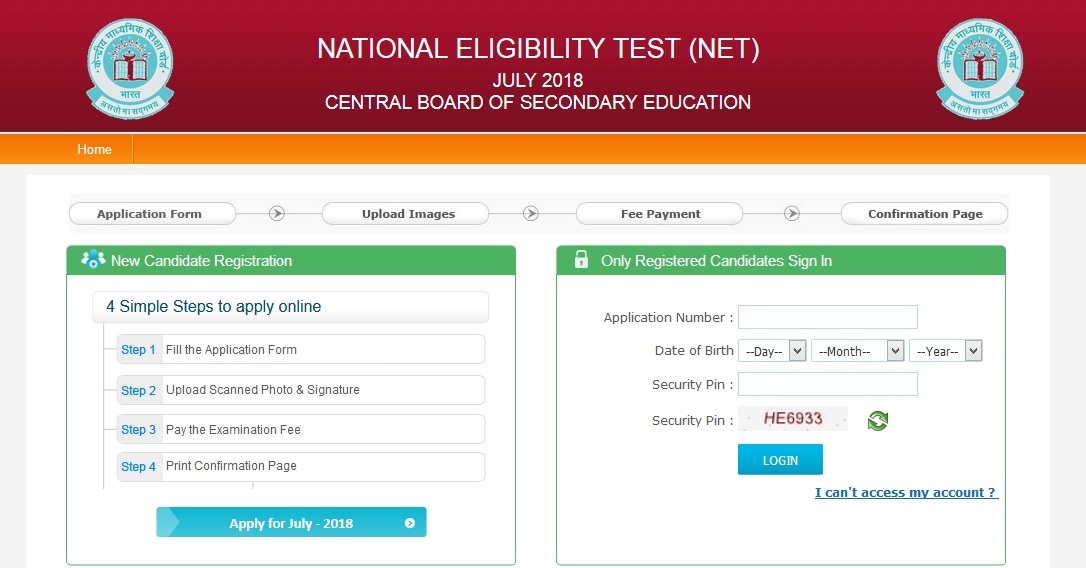cbsenet.nic.in NET Adult Education Paper II Model Question : Central Board Of Secondary Education
Organisation : Central Board Of Secondary Education
Exam : National Eligibility Test (NET)
Document Type : Model/Previous Question Paper
Subject : Adult Education
Date/Year : 10.07.2016 & 28.08.2016
Website : http://cbsenet.nic.in/cbsenet/QuestionPaperJuly2016.aspx
Download Sample Question Paper :
Paper 2 10.07.2016 : https://www.pdfquestion.in/uploads/10479-Adult%20Edu.pdf
Paper 2 28.08.2016 : https://www.pdfquestion.in/uploads/10479-AdultEducation28.pdf
CBSE Adult Education Model Question Paper
Note :
** This paper contains fifty (50) objective type questions of two (2) marks each.
** All questions are compulsory.
Related : Central Board Of Secondary Education NET Linguistics Paper II Model Question : www.pdfquestion.in/10475.html
1. The Mumbai statement on Adult Education resolved in favour of opening
(1) Community halls to adult learners
(2) School, Colleges and Universities to adult learners
(3) Buildings of chambers of commerce to adult learners
(4) Marriage halls to adult learners
2. As per Census 2011, the State/Union having highest sex ratio in India is
(1) Punjab
(2) West Bengal
(3) Kerala
(4) Rajasthan
3. The concept of distance education is
(1) New and non-traditional
(2) Traditional
(3) New and Traditional
(4) None of the above
4. The active means of communication is
(1) Play
(2) Workshop
(3) Street play
(4) All of these
5. Sarva Shiksha Abhiyan (SSA) is Government of India’s flagship programme for achievement of
(1) Universalization of Elementary Education (UEE) in a time bound manner.
(2) Universalization of Secondary Education in a time bound manner.
(3) Universalization of Higher Education in a time bound manner.
(4) Universalization of Skill Development in a time bound manner.

6. According to 2011 Census, the sex ratio in India (upto the age group of 6 years) is
(1) 914
(2) 927
(3) 930
(4) 943
7. The scheme of Jan Shikshan Sansthan (JSS) aim to impart education
(1) for all, including the poor and the rich.
(2) for the poor, the illiterate and the neo-literate.
(3) only for the poor women who are illiterates and neo-literates.
(4) only for the poor male adults who are illiterates and neo-literates.
8. The beneficiaries of continuing Education Programmes are
(1) Neo-literates
(2) School dropouts
(3) Common villagers
(4) All of the above
9. Village is an example of
(1) Institution
(2) Community
(3) Organisation
(4) None of the above
10. The population education clubs in Universities and Colleges primarily
(1) Integrate population and development education messages in the teaching/learning materials (both print and non-print)
(2) Produce films on population
(3) Stage street plays on alcoholism
(4) Organize poetry competitions on population themes.
11. Legal literacy program in India
(1) encourages citizens to use litigation as a strategy for grievance redressal.
(2) generates awareness of rights and duties as knowledge so that people live in consonance with the rule of law.
(3) encourages citizens to enrol in law colleges as law students.
(4) encourages citizens to become lawyers.
12. Which educational concept was developed by Grundwig ?
(1) Community schools
(2) Community colleges
(3) Folk colleges
(4) Folk high schools
13. The medium of communication that has the widest reach in India is
(1) Print
(2) Radio
(3) Television
(4) Internet
14. Which of the following is the characteristic of an adult learner ?
(1) Maturity
(2) Slow learning
(3) Experience
(4) All of the above
15. Factors responsible for effective learning are
(1) Motivation
(2) Presentation skills
(3) Expertise of teachers
(4) All of the above
16. Essential condition for women empowerment is (Use the code given below)
(a) Educational development
(b) Health and nutritional facilities
(c) Reservation in family headship
(d) Proper training and orientation
Codes :
(1) (a), (b) and (c)
(2) (a), (b) and (d)
(3) (b), (c) and (d)
(4) (a), (c) and (d)
17. Assertion (A) : Motivation is a goal-directed and need-satisfying behaviour.
Reason (R) : Motivation means a process, by which people start to move to achieve goals.
Codes :
(1) (A) is correct and (R) is false.
(2) (A) is false and (R) is correct.
(3) Both (A) and (R) are correct and (R) is correct explanation of (A).
(4) Both (A) and (R) are correct but (R) is not correct explanation of (A).
18. Assertion (A) : Leadership concerns action more than position.
Reason (R) : Success of extension education programmes depends more onpositional leaders than the action leaders.
Codes :
(1) (A) is correct and (R) is false.
(2) (A) is false and (R) is correct.
(3) Both (A) and (R) are correct.
(4) Both (A) and (R) are false.
19. Assertion (A) : Social change is a slow process.
Reason (R) : Extension educator should develop programmes step-by-step.
Codes :
(1) (A) is correct and (R) is false.
(2) (A) is false and (R) is correct.
(3) (A) is correct and (R) is false and (R) is not correct explanation of (A).
(4) Both (A) and (R) are correct and (R) is the correct explanation of (A).
20. Assertion (A) : Crimes against women are not a matter of concern to the development process.
Reason (R) : Crimes against women restrict them from full participation in development efforts and this affects development.
Codes :
(1) (A) is correct and (R) is false.
(2) (A) is false and (R) is correct.
(3) Both (A) and (R) are correct and (R) is the correct explanation of (A).
(4) Both (A) and (R) are false.